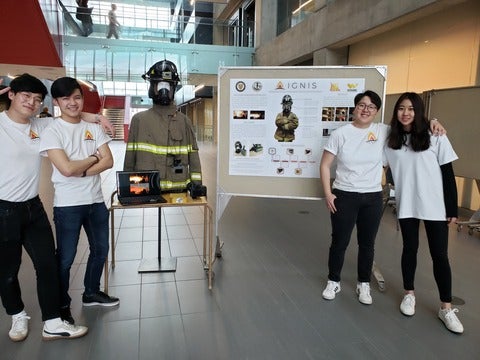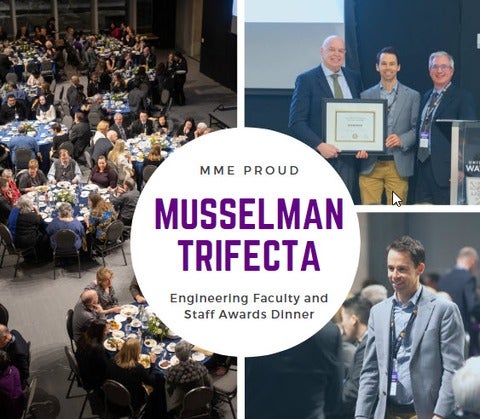University of Waterloo developing N95 mask alternative by using existing hospital equipment to keep healthcare professionals safe
University of Waterloo developing N95 mask alternative by using existing equipment to keep healthcare professionals safe
Researchers are currently testing the combination of three items, typically found in hospitals, that can be assembled in minutes by healthcare professionals, to address the N95 mask shortage.









